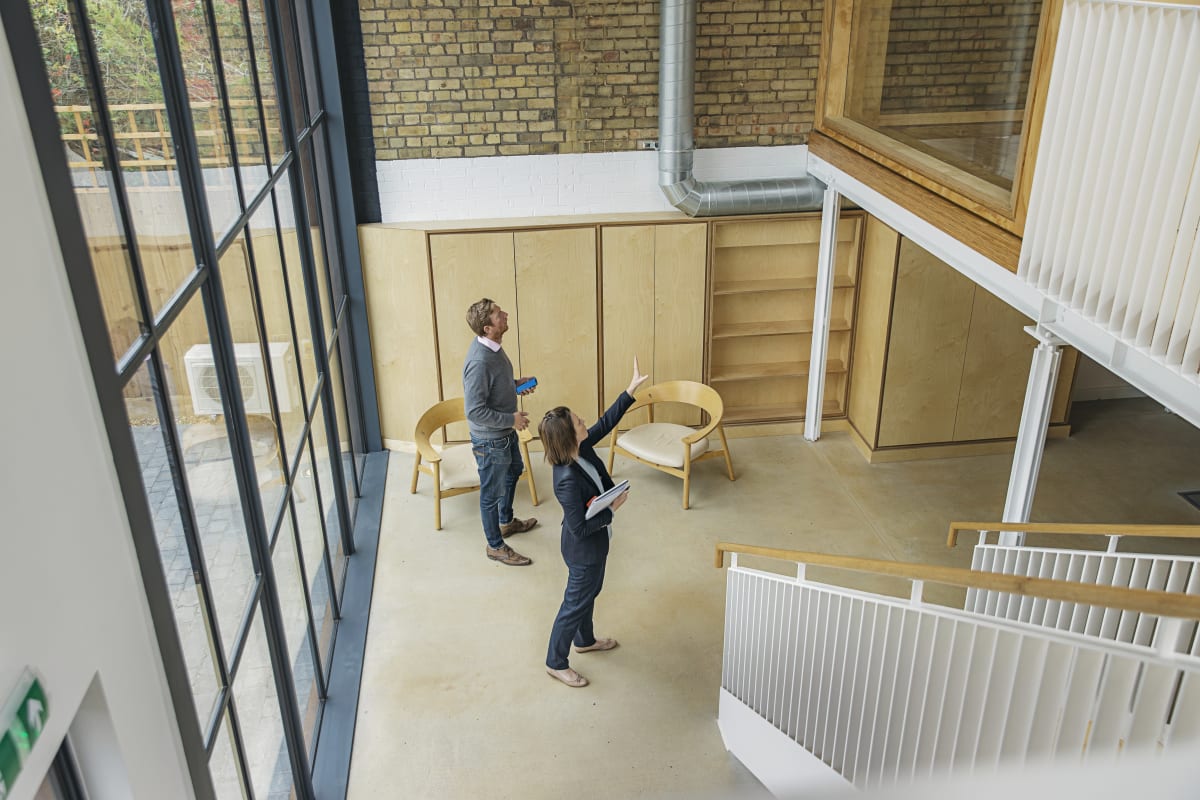In 2022 and beyond, the ability to work close to home will create fresh opportunities for developing coworking hubs in towns and villages.
During the last couple of years, many people have chosen to move from the city to the countryside or coast in pursuit of a better quality of life. This has been supported by the widespread shift to hybrid working, meaning employees are no longer obligated to attend a central HQ five days a week.
As a result of this shift, communities around the world are encountering a new wave of suburban revitalisation, with people spending more time (and money) in and around their local area and creating a boom in demand for the amenities they need – including flexible workspaces.
As IWG Founder and CEO Mark Dixon puts it: “With hundreds more rural and suburban flexible working locations expected to open in the coming years, we expect a wide range of vibrant local communities to develop with thriving businesses at their heart.”
This trend is backed up by a recent economic impact study by IWG and Arup, which showed that rural and suburban areas in the UK could receive an injection of £327m a year in spending thanks to the roll-out of flexible office and coworking spaces for hybrid workers. It also estimated that more than 4,000 new jobs could be created for people to run them. It’s the same story elsewhere: in Germany, IWG expects up to 38,500 full-time workers to relocate from urban centres, and in the US the figure is almost 200,000, with the potential to create up to $1.3bn in spending.
For landlords and property developers, there’s enormous investment potential. Thanks to the growth of hybrid working, demand for flexible work solutions in the suburbs and beyond is at a record high, creating a strong case for regional investment. In Britain, IWG has seen the highest increase in demand for its flexible workspaces in suburban areas such as Bromsgrove (+153%), Andover (+86%) and Havant (+79%). But the trend is manifesting globally. “People want to work close to where they live, so this is a trend that’s going to stick,” says Dixon.
There are strong incentives for companies to invest in local office and coworking hubs – and it’s their employees who are driving this shift. Being able to work close to home provides major gains in terms of wellbeing and productivity, and for companies it also helps them to achieve their ESG targets due to fewer carbon emissions. With the help of savvy landlords, people will be able to live and work in ‘model villages’ in the future, where all local amenities such as shops, schools, restaurants and workspaces can be reached within 15 minutes on foot or by bicycle.
Dixon says that suburban revitalisation will allow work/life balance to improve, making people more productive and healthier. Meanwhile, investment will flood in for new infrastructure and facilities. He says: “This will be one of the most dramatic and long-lasting legacies of the pandemic.”
Suburban revitalisation is one of ten trends identified in IWG’s white paper, The Future of Work: a trends forecast for 2022.
Flexible workspace is the fastest-growing sector of the global workplace market. Make the most of this exciting investment opportunity by partnering with IWG today.






